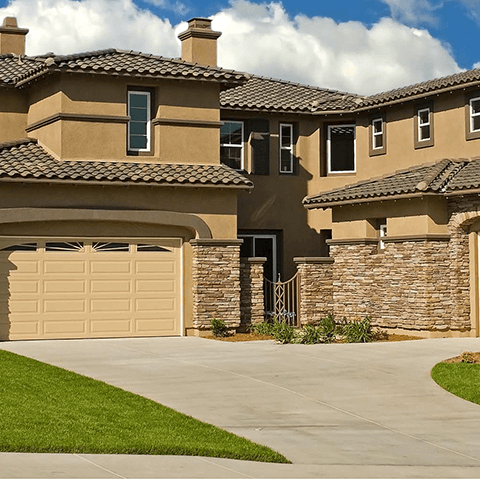
WHAT IS A PRICE-TO-RENT RATIO (AND WHY DOES IT MATTER)?
When we wrote about investment property target markets, we mentioned the concept of the price-rent ratio. To further expand on that point, let’s look a little closer at what the price-to-rent ratio is, and what it means—to both the buyer and the investor.
Price-to-Rent Ratio
The price-to-rent ratio looks at the annual cost to rent a median-value home (the monthly rent x 12) as compared to the median home price in that same area. Written as a mathematical formula, it looks like this:
Median Home Price
_____________ = Price-to-Rent Ratio
Median Annual Rent
For example, let’s say the median rent in a given area is $1,500. Therefore, the median annual rent is $1,500×12, or $18,000. The median home price in that same area is $375,000. If we take the $375,000 and divide it by $18,000, we get a price-to-rent ratio of 20.8.
What This Ratio Means
What does this number mean? What’s a good ratio? Well, “good” depends on whether you are a home buyer or an investor looking to buy rental properties. As an industry guideline, Ratios of 15 or lower indicate that you are better off buying a home rather than renting because your mortgage payment is equal to or less than comparable rent. Ratios between 16 and 20 are in the “moderate” range, which means a lot of people may find it’s cheaper to rent than to buy. And ratios over 20 indicate that it is much cheaper for most people to rent than it is for them to buy when comparing rent against comparable mortgage payments.
Comparing Price-to-Rent Ratios
Just like buyer’s markets, rental markets vary by city, by zip code, by neighborhood. However, what we have learned by looking at price-to-rent ratios is that the markets do not always parallel each other. If they did, the ratio would remain consistent from market to market. Instead, we see wide swings across the greater Los Angeles area, from more than 25 in Palisades to under 14 in Santa Fe Springs.
Beyond the Ratios
If you are considering buying a home—regardless of whether you want to make it an investment property, or you want to live in it yourself—you need to be aware of the ratios without relying solely on them. The price-to-rent ratio is a piece of information, but not the only decision-making factor.
Let’s say you are looking for an investment property you can rent out. You find one area where the price-to-rent ratio is 22, indicating that it’s advantageous to rent (and therefore even more advantageous to own that rental property). You find another area where the ratio is closer to 17. If you are relying just on the ratios, the answer is clear—you choose the first option. However, what if that first option is in an overall cheaper area, where not only purchase prices but rents are relatively inexpensive? And perhaps that second option is more expensive on both the purchasing end and the rental income end. Now you need to look at more data points, including:
- Specifics on the cost to gain access to that market
- How much rental income you can generate
- Demographics of renters in those areas
- Crime rates, coming development, ease of commuting
For property investors, high ratios look great, but depending on the actual hard numbers, you may find you can profit more in an area with a slightly lower ratio.
Making the Right Decision (for You)
You also need to consider what type of property renters in that area are looking for, versus the type of property you are looking at buying. A college town is going to have a high demand for multi-unit properties set up for multiple roommates. Suburban areas are going to attract families with young children who have different needs. Do your research, use the data that is available to you, and then make an informed decision.

